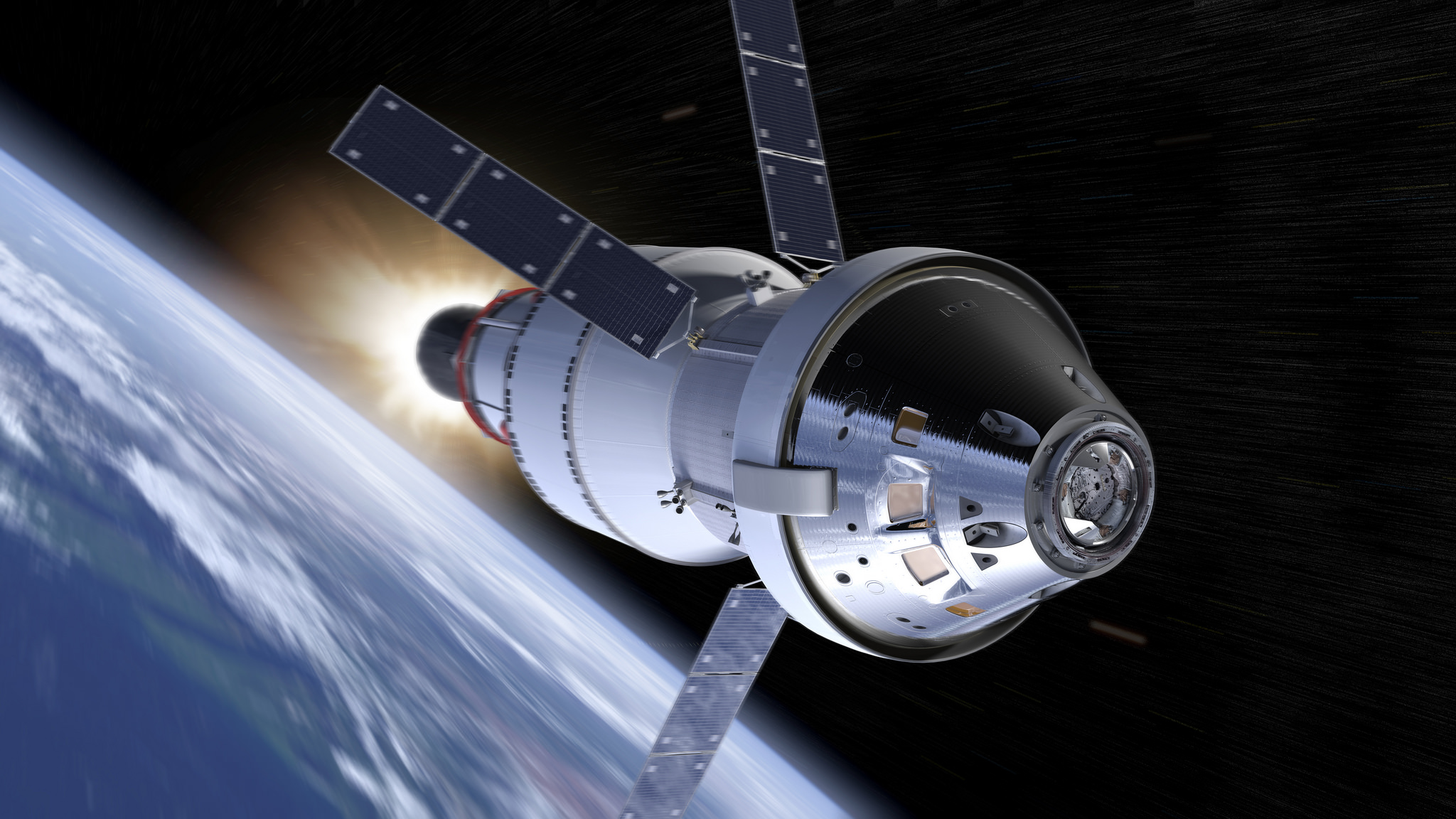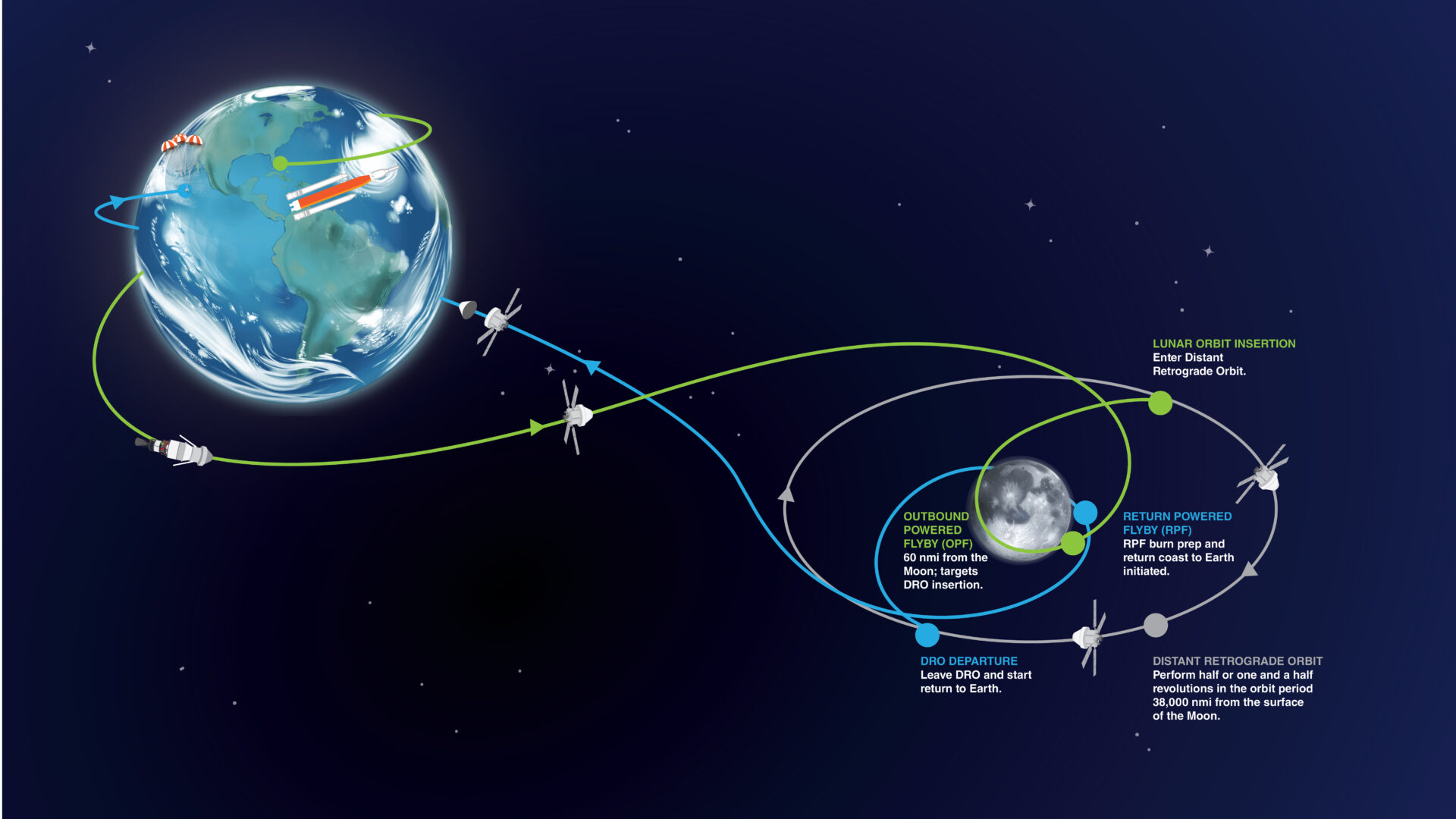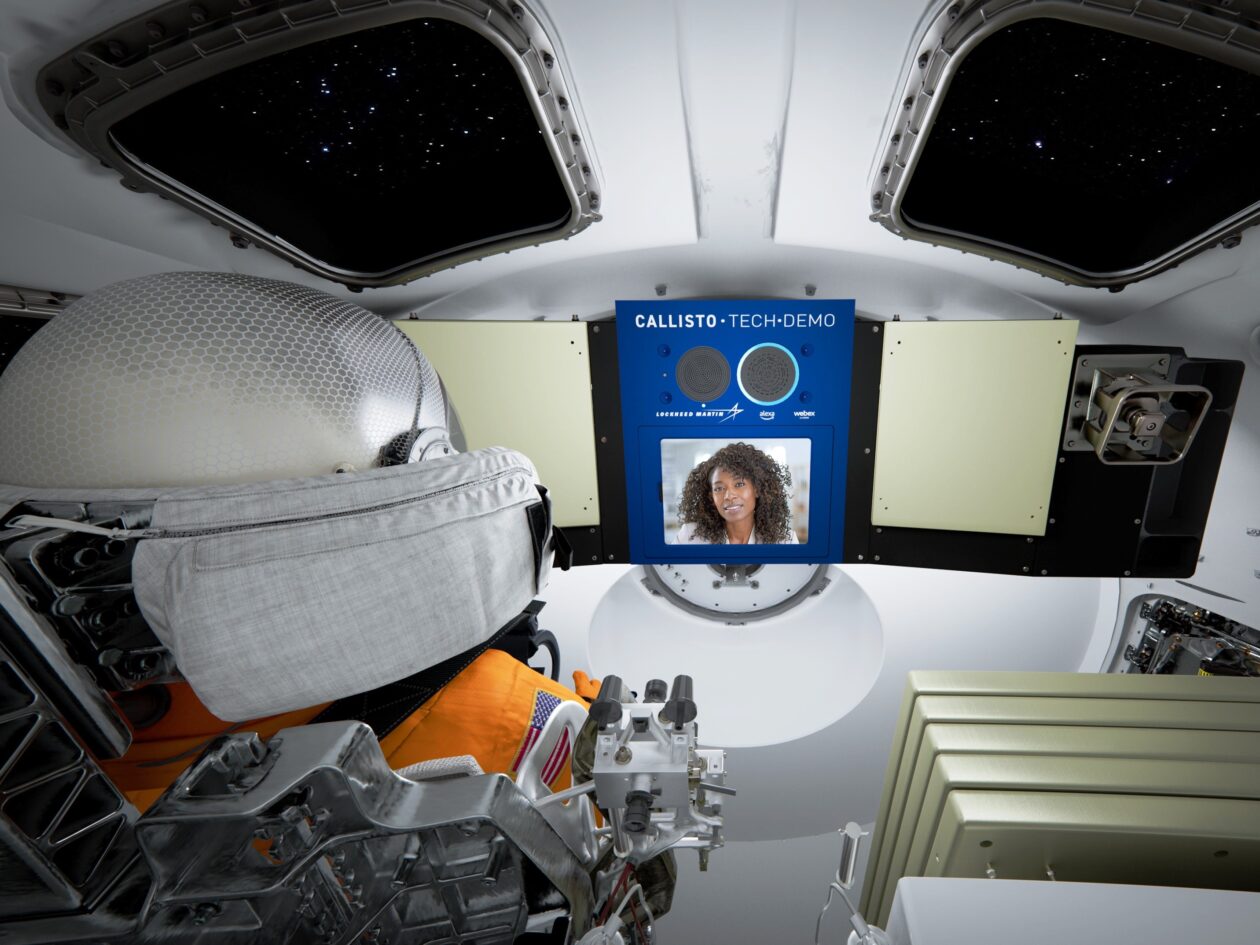NASA’s epic Artemis I mission to the Moon has finally begun. The launch took place on November 16 at 08:47 a.m. GMT+2 from Pad 39B at NASA Kennedy Space Center. This epic launch marked the debut of a new huge Space Launch System (SLS) rocket. Now we will be following the 25-day mission of the Orion spacecraft, which will take place without a crew. We have prepared a brief description of what we will see over the next 3.5 weeks.
Flight to the Moon

Orion will spend the first six days flying to the Moon. Next Monday, November 21, Orion will make the first and closest approach to the Moon. At this moment, it will fly only 100 km from the surface. Thanks to this gravitational maneuver, Orion will receive acceleration so that in 10 days it will begin to enter a distant retrograde orbit along an apocenter (aposeleneum) of 61,000 km. On the 13th day (November 28), Orion will break the record set by Apollo 13 for the longest distance from Earth for a crewed spacecraft, reaching 483,000 km from Earth.

Radiation experiment
Being at the most remote point, a set of passive and active sensors on board Orion will measure radiation and other flight conditions to better understand the conditions in which astronauts will be during the mission with the crew. Data collection is based on three mannequins inside the spacecraft, which were named Campos, Helga and Zohar. Each contains more than 6000 passive and 34 active dosimeters, which will help to study the effectiveness of a special radiation vest called AstroRad.

Helga and Zohar were constructed from materials that mimic human bones and muscle tissue. Their design includes components specific to the female anatomy to mimic ovaries and breast tissue, which are more susceptible to radiation. The duo is part of the Matroshka AstroRad Radiation Experiment (MARE), in which only Zohar has an AstroRad vest, and Helga acts as a control manikin without protection. When the manikins return to Earth, the researchers will compare the level of radiation exposure between them.
Returning home
On December 1, or on the 16th day of the mission, the Orion service module will begin performing the second closest spacecraft pass by the Moon. Then the service module will burn the last remnants of fuel to send the spacecraft to Earth. After the descent from the orbit of the Moon, a six-day cruise back home will take place.
Orion is scheduled to return home on December 11. The spacecraft will enter the Earth’s atmosphere at a speed of 40 thousand km/h. Braking in the atmosphere will test a heat shield capable of withstanding temperatures up to 2750 degrees Celsius. Orion will then land under parachutes in the Pacific Ocean, completing the Artemis I mission.
If everything goes well with Artemis I, the next Artemis II mission will take place in 2024, in which three astronauts will take part to fly around the Moon, and Artemis III will land the crew at the South Pole of the Moon in about 2025-2026.
Earlier we reported on how NASA additionally ordered three Orion capsules for Artemis missions.
Follow us on Twitter to get the most interesting space news in time
https://twitter.com/ust_magazine

